Revolutionary Solar Farms on Mars: Powering a Sustainable Future 2024
As humanity looks beyond Earth for future habitats, Mars stands out as a prime candidate. However, one of the biggest challenges of living on Mars is food production. This article explores the potential of solar farms to support agriculture on the Red Planet.
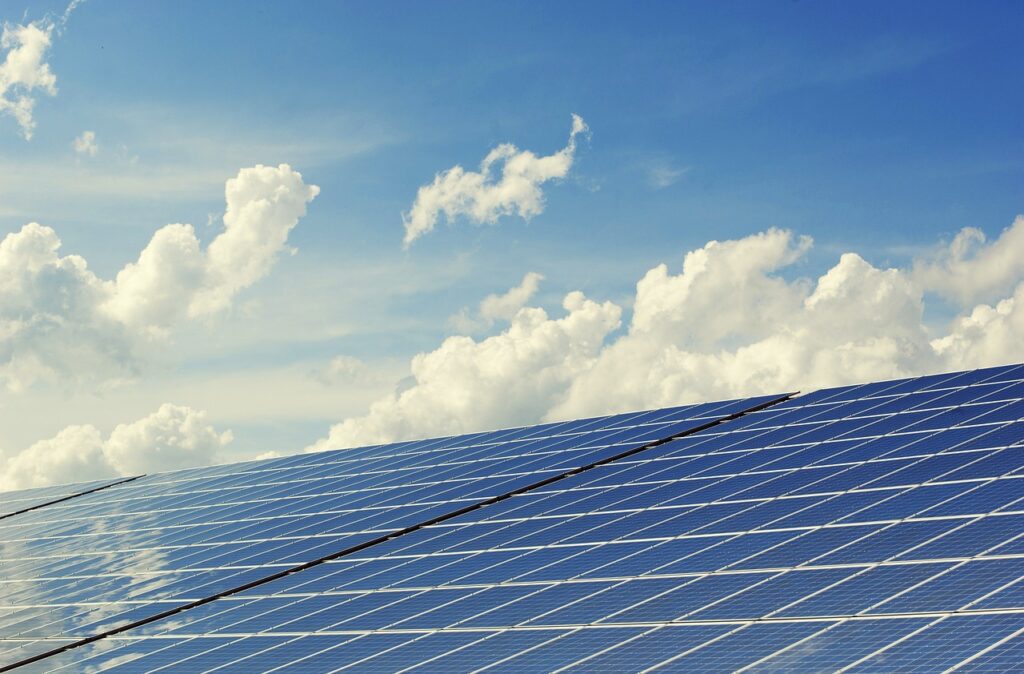
Mars offers unique opportunities and challenges for sustainable living. With its vast landscapes and abundant sunlight, harnessing solar power could be the key to developing a self-sufficient colony. Solar farms can play a crucial role in this endeavor by providing the energy needed to grow food and sustain Solar Farms for life on Mars.
Table of Contents
The Importance of Solar Farms on Mars
Harnessing Solar Energy
Solar energy is abundant on Mars, making it an ideal power source for future colonies. Solar farms can convert sunlight into electricity, which is essential for various activities, including growing food.
Sustaining Life
Solar farms provide the energy needed for greenhouses, water filtration, and heating systems, all crucial for sustaining life on Mars. By using solar power, we can create a self-sufficient system to support human life on the Red Planet.
Solar farms are not just about generating electricity; they are about creating a sustainable ecosystem. The energy from these farms can power various life-support systems, ensuring that future Mars inhabitants have the resources they need to thrive. This sustainable approach is vital for long-term survival on the Red Planet.
Setting Up Solar Farms on Mars
Choosing the Right Location
To maximize efficiency, solar farms should be placed in areas with the most sunlight. Equatorial regions on Mars receive more consistent sunlight throughout the year.
Building Solar Panels
Constructing solar panels on Mars involves using lightweight materials that can withstand the planet’s harsh conditions. The panels need to be durable and efficient to ensure a reliable power supply.
Location is key when it comes to setting up solar farms on Mars. Equatorial regions, with their steady sunlight, offer the best sites for these installations.

However, building solar panels that can endure Mars’ environment is equally important. Using advanced materials and technology will ensure these panels are both efficient and long-lasting.
Maintenance Challenges
Mars has frequent dust storms that can cover solar panels, reducing their efficiency. Regular cleaning and maintenance will be necessary to keep the panels operational.
Growing Food Using Solar Power
Creating Greenhouses
Greenhouses on Mars will rely heavily on solar power for lighting, heating, and water systems. They will provide a controlled environment where plants can thrive.
Hydroponics and Aeroponics
These advanced farming techniques can maximize food production in limited space. Hydroponics uses nutrient-rich water, while aeroponics grows plants in an air or mist environment, both powered by solar energy.

Growing food on Mars requires innovative agricultural techniques. Greenhouses powered by solar energy will create the necessary conditions for plant growth. By utilizing hydroponics and aeroponics, we can optimize space and resources, ensuring a steady food supply for future colonies.
Water Recycling
Water is scarce on Mars, so recycling systems will be vital. Solar power can drive these systems, ensuring a constant supply of clean water for plant growth.
Overcoming Challenges
Dealing with Dust Storms
Dust storms on Mars can last for weeks and block sunlight, disrupting solar power generation. Backup energy systems, such as batteries, can store excess energy to be used during these periods.
Temperature Extremes
Mars experiences extreme temperatures, which can affect both solar panel efficiency and plant growth. Insulating greenhouses and using energy-efficient heating systems can mitigate these issues.
Dust storms and temperature extremes present significant challenges for solar farms on Mars.
By implementing backup energy systems and advanced insulation techniques, we can ensure that solar power remains a reliable energy source. These measures are essential for maintaining a stable environment for both solar panels and agricultural operations.
Radiation Protection
Mars lacks a thick atmosphere, exposing plants and equipment to higher levels of radiation. Shielding materials and radiation-resistant crops can help protect against this hazard.
Future Prospects
Technological Advancements
Ongoing research and technological advancements will improve the efficiency and durability of solar panels and farming techniques, making Martian agriculture more viable.
International Collaboration
Collaboration between space agencies and private companies can accelerate the development and deployment of solar farms on Mars, bringing us closer to a sustainable future on the Red Planet.
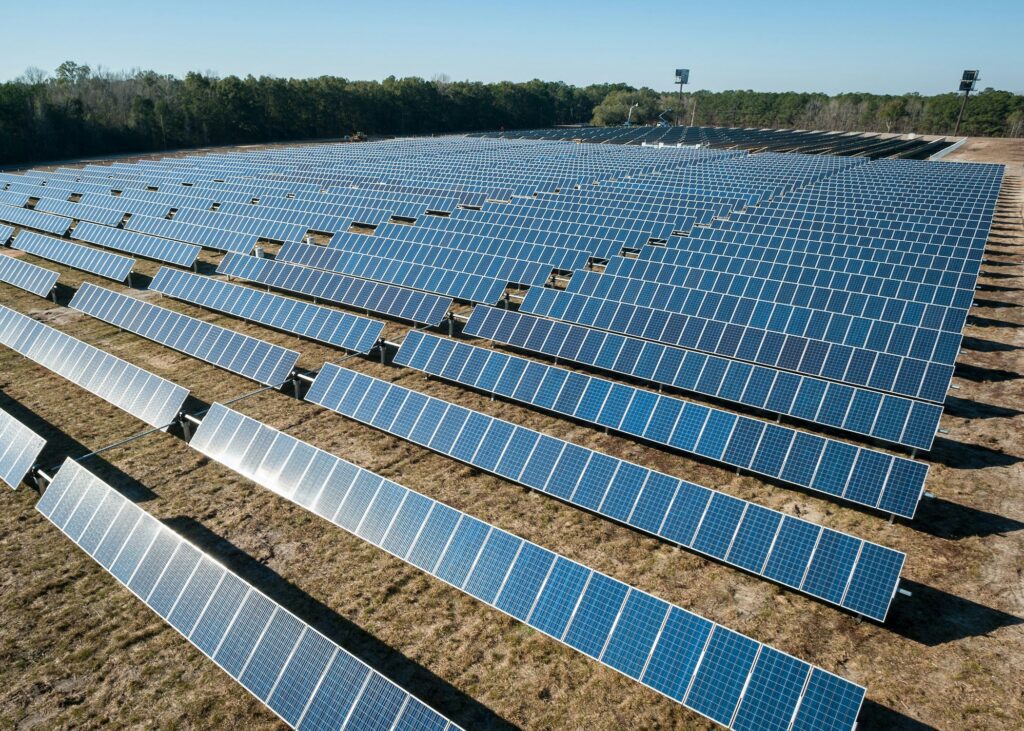
The future of solar farms on Mars looks promising with continuous advancements in technology. Innovations in solar panel design and agricultural techniques will enhance our ability to produce food on the Red Planet. Moreover, international collaboration can drive these efforts forward, ensuring a coordinated approach to Mars colonization.
Energy Storage Solutions
Effective energy storage is crucial for ensuring a continuous power supply, especially during dust storms or periods of low sunlight. Advanced battery systems can store excess solar energy generated during the day.
These batteries need to be highly efficient and capable of withstanding the Martian environment. Technologies such as lithium-ion batteries and newer solid-state batteries could be vital for maintaining power availability.
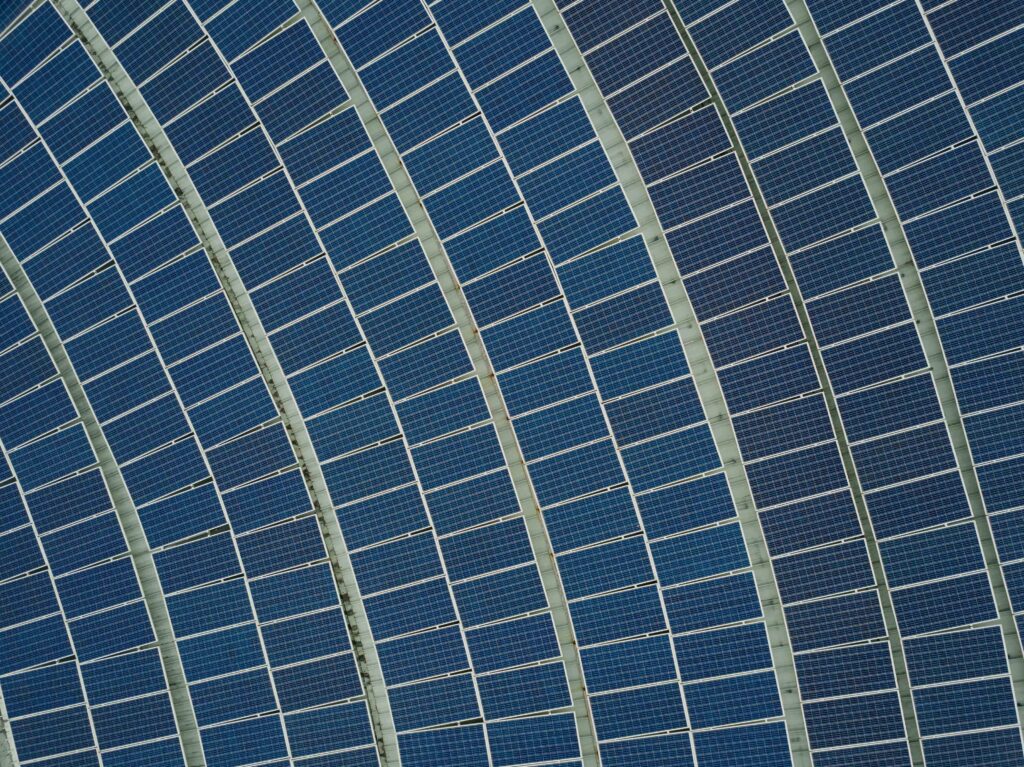
In addition to batteries, other storage methods like thermal energy storage could be utilized. This involves storing heat generated by solar power during the day in materials that can retain high temperatures, which can then be used to generate electricity during the night. Developing robust and efficient storage solutions will be key to the success of solar farms on Mars.
Advanced Solar Panel Technology
The efficiency of solar panels directly impacts the amount of energy that can be harnessed from the Martian sun. Research into advanced materials, such as perovskite and multi-junction solar cells, could lead to significant improvements in solar panel efficiency. These materials can potentially capture a broader spectrum of sunlight, increasing the energy output.
Moreover, integrating solar panels with autonomous cleaning systems can help maintain their efficiency. Dust accumulation is a major issue on Mars, and having self-cleaning panels can ensure they operate at peak efficiency. Innovations in nanotechnology and robotics could lead to the development of such self-sustaining systems.
Creating a Self-Sustaining Ecosystem
Establishing a self-sustaining ecosystem on Mars involves more than just growing food; it includes recycling waste and generating oxygen. Solar-powered bioreactors can be used to break down organic waste, producing fertilizers for crops and biogas that can be used as an additional energy source.
Photosynthesis within greenhouses can generate oxygen, which is vital for human survival. Solar energy can drive the systems needed to maintain the right temperature and humidity levels within these greenhouses. Creating a closed-loop system where resources are continually recycled will be crucial for the long-term sustainability of Martian colonies.
Collaboration and Innovation
The development of solar farms on Mars will require collaboration between international space agencies, private companies, and research institutions. Sharing knowledge, resources, and technology can accelerate the progress towards sustainable living on Mars. Innovations from different fields, including materials science, robotics, and bioengineering, will all play a role in overcoming the challenges of Martian agriculture.
Joint missions and research programs can pool expertise and funding, leading to more efficient solutions. The collaboration can also ensure that the infrastructure developed is compatible and can be scaled up as needed. By working together, humanity can make significant strides towards colonizing Mars.
Sustainable Energy Management
Managing energy resources sustainably is critical for the success of a Mars colony. This involves not only generating solar power but also optimizing its usage to ensure efficiency. Smart grid technology can play a crucial role in this process. By using an intelligent network that can balance supply and demand, energy consumption can be optimized, reducing waste and ensuring a steady power supply.
Furthermore, integrating renewable energy sources with other sustainable practices can create a robust energy ecosystem. For example, excess solar energy can be used to power water purification systems, enabling a sustainable water supply. This integrated approach ensures that all resources are utilized efficiently, creating a truly sustainable living environment on Mars.
Role of Artificial Intelligence in Solar Farms
Artificial Intelligence (AI) can significantly enhance the efficiency and reliability of solar farms on Mars. AI algorithms can monitor and predict energy production based on weather conditions and panel performance, allowing for real-time adjustments. This can help in maintaining optimal energy output even during challenging conditions like dust storms.
In addition to energy management, AI can assist in the maintenance of solar panels. Autonomous robots equipped with AI can perform regular inspections and cleaning, ensuring that the panels remain free of dust and debris. This reduces the need for human intervention and increases the overall efficiency and longevity of the solar farm infrastructure.
Societal Impact of Solar Farms on Mars
The establishment of solar farms on Mars will have profound societal implications. A reliable and sustainable energy source is foundational for developing a thriving community. With ample energy, Martian colonies can support various aspects of life, including residential, commercial, and industrial activities, leading to a self-sustaining society.
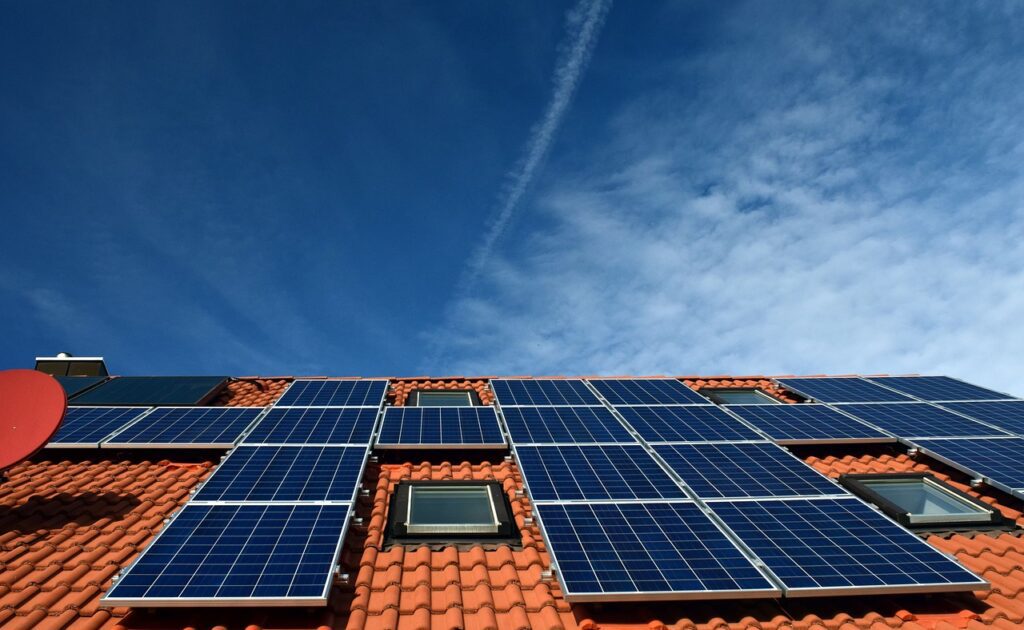
Moreover, solar farms will provide opportunities for economic growth and job creation. From the construction and maintenance of solar panels to research and development in renewable energy technologies, numerous employment opportunities will emerge. This economic activity can foster a vibrant community, contributing to the overall success of the Mars colonization effort.
Educational Opportunities
The development of solar farms on Mars offers unique educational opportunities. Universities and research institutions can collaborate on projects related to renewable energy, space technology, and sustainable living. Students and researchers can engage in hands-on learning experiences, contributing to groundbreaking advancements in these fields.
Additionally, the success of solar farms on Mars can inspire the next generation of scientists, engineers, and innovators. Educational programs focused on space exploration and renewable energy can motivate students to pursue careers in these areas, driving further innovation and exploration. This educational impact can have long-lasting benefits, both on Mars and Earth.
Health and Wellness Benefits
Solar farms can contribute to the health and wellness of Mars colonists by ensuring a stable and clean energy supply. A reliable power source can support the operation of medical facilities, providing essential services such as emergency care, routine check-ups, and telemedicine. Access to quality healthcare is crucial for maintaining the physical and mental well-being of the colony’s inhabitants.
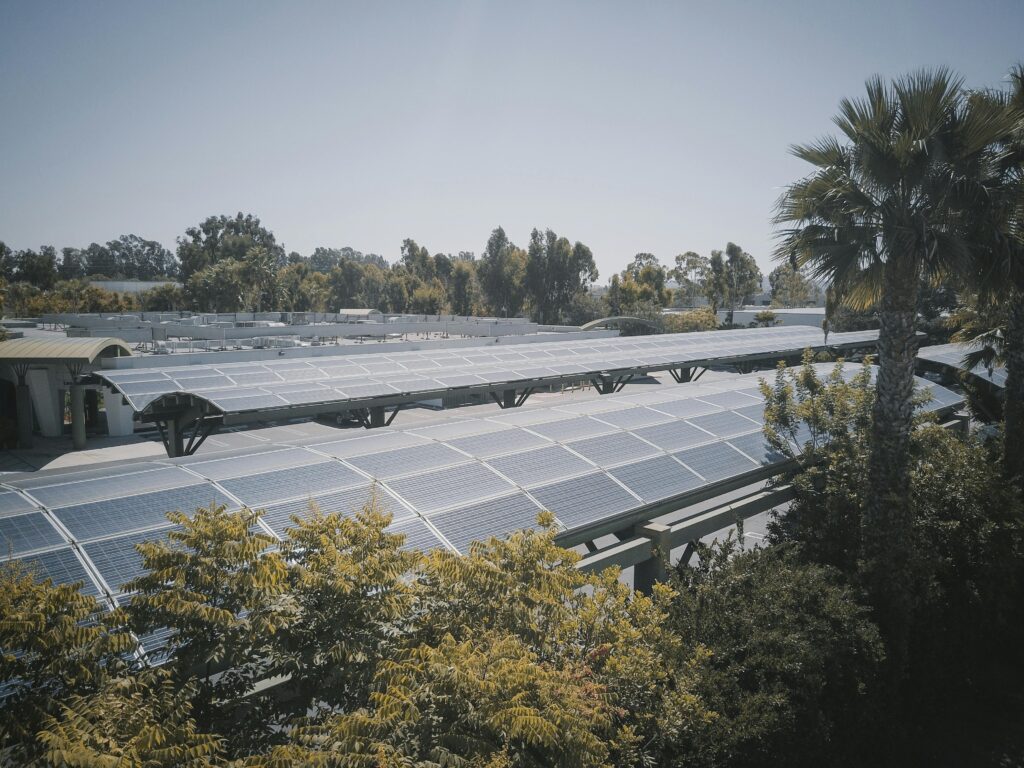
Furthermore, solar-powered systems can enhance the living conditions on Mars by providing adequate heating, cooling, and air purification. These systems are essential for creating a comfortable and healthy indoor environment, which is especially important given the harsh Martian climate. By ensuring a high quality of life, solar farms can help sustain a thriving community on Mars.
Economic Feasibility and Long-Term Sustainability
The economic feasibility of solar farms on Mars is a critical consideration for their development. Initial investments in solar technology and infrastructure may be high, but the long-term benefits can outweigh these costs. Solar energy is renewable and abundant, reducing the dependency on costly and finite resources that would need to be transported from Earth.
In the long term, the use of solar farms can lead to significant cost savings and sustainability. As technology advances, the efficiency and cost-effectiveness of solar panels are expected to improve, making solar power an even more viable solution. Additionally, developing local manufacturing capabilities for solar panels and related equipment on Mars can further reduce costs and support the economic growth of the colony.
Conclusion
Solar farms have the potential to revolutionize food production on Mars, providing a reliable energy source to support agriculture. With careful planning and technological innovation, we can overcome the challenges and create a sustainable habitat for future Martian colonies.
Harnessing solar energy for food production on Mars is a critical step towards establishing a self-sustaining colony. By addressing the challenges and leveraging new technologies, we can pave the way for a thriving human presence on the Red Planet.
If You have any doubts or queries about this article, Feel free to contact us on Our LinkedIn Page!
FAQs
What are solar farms?
Solar farms are large-scale installations of solar panels that generate electricity from sunlight.
Why is Mars a good candidate for solar farms?
Mars has abundant sunlight, especially in equatorial regions, making it ideal for solar energy.
What are the main challenges of setting up solar farms on Mars?
The main challenges include dust storms, extreme temperatures, and maintenance of solar panels.
How can solar energy support food production on Mars?
Solar energy can power greenhouses, water recycling systems, and advanced farming techniques like hydroponics.
What is hydroponics?
Hydroponics is a method of growing plants in nutrient-rich water without soil.
How can dust storms on Mars affect solar farms?
Dust storms can cover solar panels with dust, reducing their efficiency and power output.
What are the solutions for dust storms on Mars?
Regular maintenance and backup energy storage systems can help maintain power during dust storms.
How can we protect plants from Mars’ radiation?
Using shielding materials and radiation-resistant crops can protect plants from harmful radiation.
What materials are used for building solar panels on Mars?
Lightweight and durable materials that can withstand Mars’ conditions are used for building solar panels.
What are the benefits of international collaboration for Mars missions?
International collaboration can pool resources, expertise, and technology to accelerate Mars missions.
How does aeroponics differ from hydroponics?
Aeroponics grows plants in an air or mist environment, while hydroponics uses water.
Why is water recycling important on Mars?
Water is scarce on Mars, so recycling ensures a sustainable supply for agriculture and human consumption.
How can we deal with temperature extremes on Mars?
Insulating greenhouses and using energy-efficient heating systems can help manage temperature extremes.
What future technological advancements can benefit Mars agriculture?
Improvements in solar panel efficiency, farming techniques, and radiation protection can enhance Mars agriculture.
What role do space agencies play in Mars colonization?
Space agencies conduct research, develop technology, and plan missions to make Mars colonization feasible.
One Response